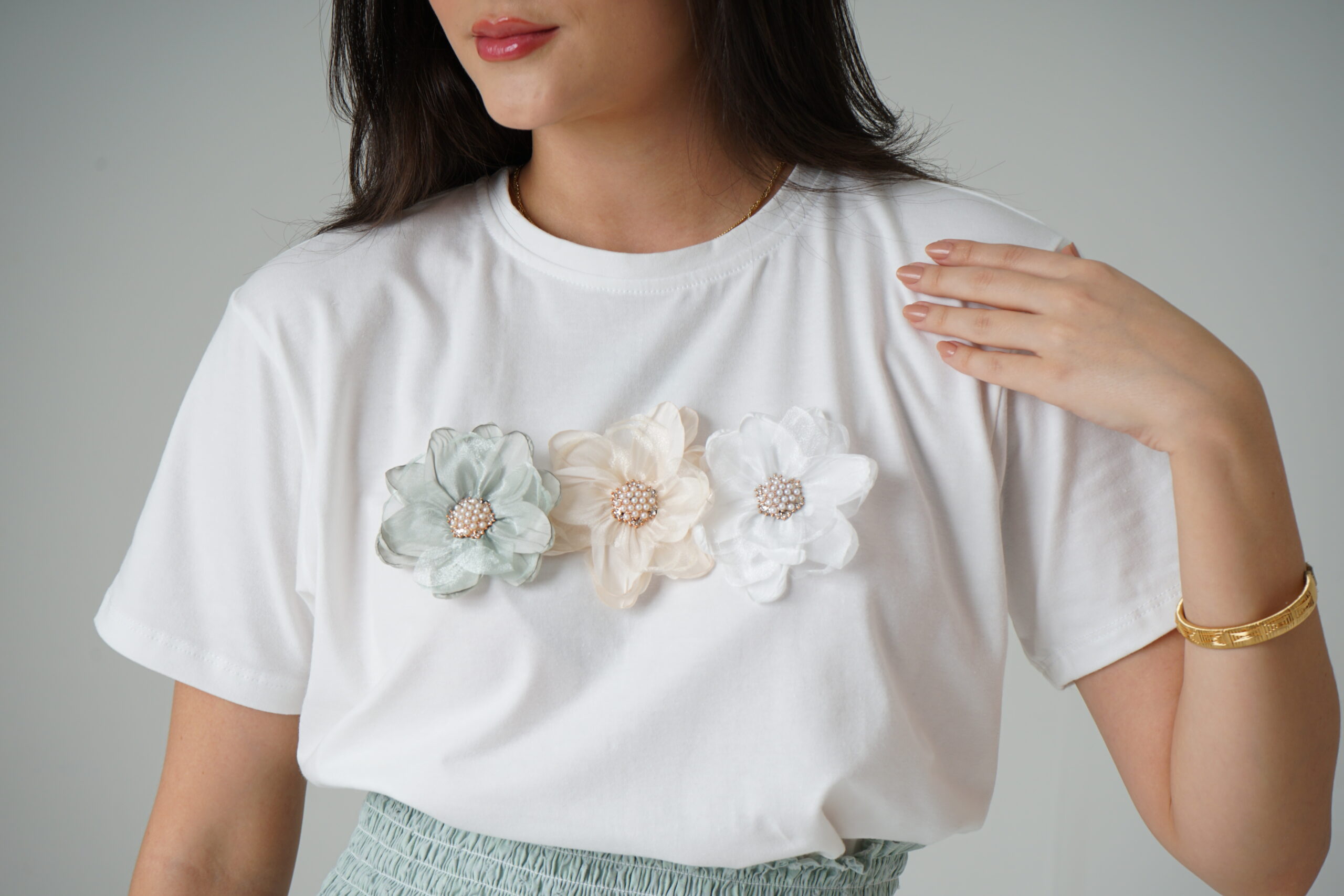Measuring Brand Equity from the Start: MIMA Case Study
The First Big Question for Any New Brand
Starting a new brand is exciting but it’s also a little scary. You’ve invested in your product, poured your heart into a vision, and now you’re ready to put it in front of the world. But here’s the question that many founders forget to ask: How do I know if my brand is really growing in the right direction?
That’s where brand equity comes in. Brand equity is the value your brand holds in people’s minds — the awareness, associations, and loyalty it generates. It’s not just about short-term sales; it’s about building a brand that lasts. As Harvard Business School explains, brand equity reflects consumers’ thoughts, feelings, and attitudes toward a brand, even their willingness to pay more for it (HBS Online, 2024). This is why measurement is critical from the beginning: without it, brand perception is left to chance instead of being guided toward strong, positive outcomes.
MIMA Case Study
Let’s take MIMA, a newly launched Colombian women’s clothing brand, as an example. MIMA believes fashion is more than clothes: it is “the art of feeling yourself.” Their purpose is to celebrate self-love, feminine power, and authenticity. Each piece is handmade by women heads of households, combining classic, delicate, and elegant design with meaningful detail.

Recently, MIMA launched its new website, a huge milestone! But website visibility alone doesn’t build brand equity. The real goal now is making sure people not only find MIMA but also form positive, lasting associations with it.
What Should a New Brand Measure First?
Harvard Business Review points out that brand equity can be understood through four key dimensions: familiarity (how well people know the brand), regard (the respect and liking they hold for it), meaning (its relevance in their lives), and uniqueness (what sets it apart from competitors) (HBR, 2023).
For new brands like MIMA, these metrics can be tracked by implementing two types of research.
Quantitative: Tracking Numbers
Hard numbers give new brands objective proof of growth, showing if awareness efforts are actually reaching and converting customers.
- Website traffic: How many unique visitors are discovering the site? How much time are they spending there?
- Social media reach and engagement: Are posts being seen, liked, saved, and shared? Is the follower base growing?
- Conversion metrics: Are people making their first purchase? Are some returning for repeat purchases?
These metrics form the first layer of a brand equity scorecard. For MIMA, they reveal familiarity and regard — the building blocks of growth.
Qualitative: Understanding the Customer Mindset
Numbers alone don’t tell you what people think about your brand. That’s where qualitative research comes in. It captures the customer mindset — the thoughts, feelings, and associations people connect with your brand. This layer connects to meaning and uniqueness, which are critical for shaping a brand’s long-term position.
For MIMA, a simple way to capture this would be a short survey on social media. To encourage participation, they could offer a small discount code to everyone who completes it. The survey might include:
- Free association: “What three words come to mind when you think of MIMA?” → reveals spontaneous associations.
- Projective technique: “If MIMA were a person, how would you describe her personality?” → humanizes the brand to uncover deeper perceptions.
- Brand personality traits: “Which best fits MIMA: classic, modern, empowering, delicate, or elegant?” → checks alignment with intended positioning.
- Perceived differentiation: “What makes MIMA different from other clothing brands you know?” → uncovers competitive strengths.
Conclusion
Measuring brand equity early allows new brands like MIMA to align their identity with consumer perceptions before missteps grow costly. By tracking quantitative metrics (website visits, reach, engagement) and qualitative insights (brand associations, personality, differentiation), MIMA not only builds a holistic brand equity scorecard but also gains visibility into the customer mindset. This research also helps founders map the brand relationship funnel, showing where they are succeeding and where adjustments are needed — from awareness to consideration, trial, loyalty, and ultimately advocacy.
In this way, the brand gains a complete view of whether its marketing efforts and strategies are truly effective. Consumer research shows that brands become memorable online when they are not only visually appealing but also entertaining, authentic, and responsive. At an early stage, the focus is on building visibility and positive associations, which together lay the foundation for long-term equity and sustainable success. For MIMA, this means pairing its handmade, empowering brand story with engaging Instagram content such as behind-the-scenes videos of artisans at work, styling tips, or user-generated content from customers. These actions strengthen both awareness and associations, ensuring that MIMA is remembered not only for its products but also for the values it represents.




